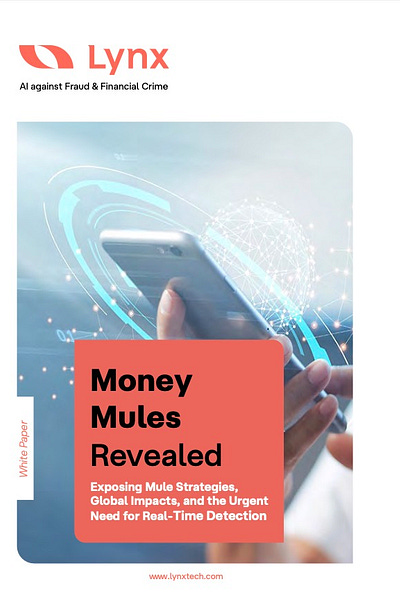Crushing The $3.1 tn Money Mule Crime Machine With AI
An example where GenAI will not displace Machine Learning models.
This is my daily post. I write daily but send my newsletter to your email only on Sundays. Go HERE to see my past newsletters.
HAND CURATED FOR YOU
Organized crime is legitimizing its profits from identity theft, phishing, drug and human trafficking and fraud by using “money mules” to launder ill-gotten gains.
The figures are astounding with $3.1 tn in illicit funds flowing through the financial system in 2023, of which bank fraud scams accounted for $485.6 bn in losses. (Fraud statistics: HERE)
Shockingly over 90% of money mule transactions are linked to cybercrime.
Money mules provide the logistics network for laundering illicit funds by moving money through their accounts to obscure criminal activity.
Mules come in three varieties: 1) Compromised: criminals gain unauthorized access to an account, 2) Recruited: willing or coerced individuals who may or may not be aware of illegal activities, 3) Fake: criminals create fictitious identities.
The only practical solution to detecting money mules in real time for banks is “supervised machine learning” (ML). Supervised ML uses a labeled data set to help teach the machine what is or is not fraud in addition to it’s own learning ability. To keep up with the fast pace of money mules, updates can retrain the ML daily.
Now will GenAI do this task any better?
No, GenAI is seen as less capable of determining patterns on traditional data sets and gives answers with a lower degree of confidence compared to supervised ML. (HERE)
Note that these ML models can perform this function without the required Personal Identifiable Information (PII)! They work by pattern detection only.
Note also this is the same technology used for detecting credit card fraud which also requires no PII. Expect this to also be used for CBDC, crypto, stablecoins and anywhere money laundering is at work.
So on one hand we've got organized crime that changes its methods daily and the other we’ve got supervised ML.
Which one is your money on?
👉Money Mules Massive Scale Laundering
🔹 Organized crime groups (OCGs) exploit vulnerabilities in financial institutions (FIs) to recruit and onboard money mules, laundering billions of dollars in criminal funds each year.
🔹 Money muling is a real-time problem for FIs due to the high availability of digital financial products and services.
🔹 It’s critical to detect and stop illicit funds and mules in real time by:
• Blocking suspicious transactions before they leave your systems
• Shutting down existing mule accounts
• Catching attempts to onboard mules
🔹Current approaches using Unsupervised machine learning (ML) generate too many false positives and don’t accurately detect money mules in real time.
🔹Advanced Real-Time Machine Learning models are required
• Supervised ML models outperform Unsupervised models, detecting more money mules while blocking fewer legitimate transactions, all in real time.
• ML models must retrain daily to remain accurate as criminal tactics, customer behaviors, payment types, and technologies constantly evolve.







